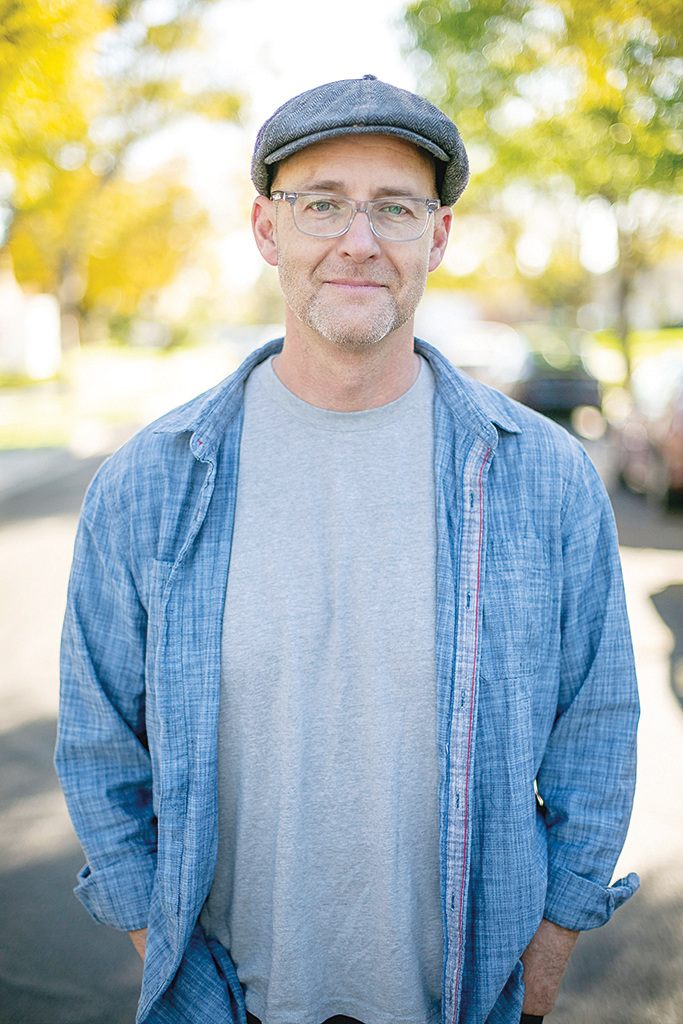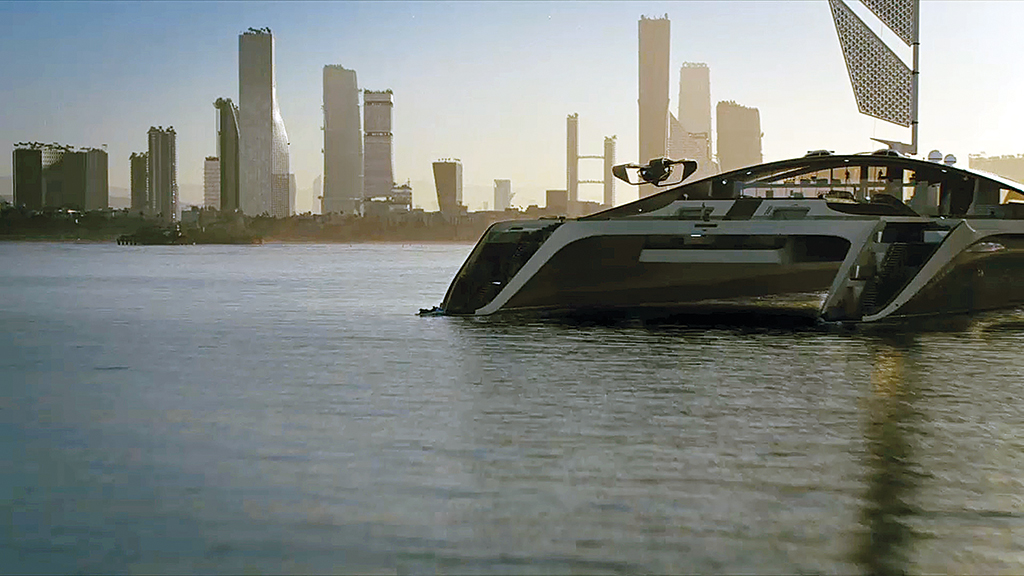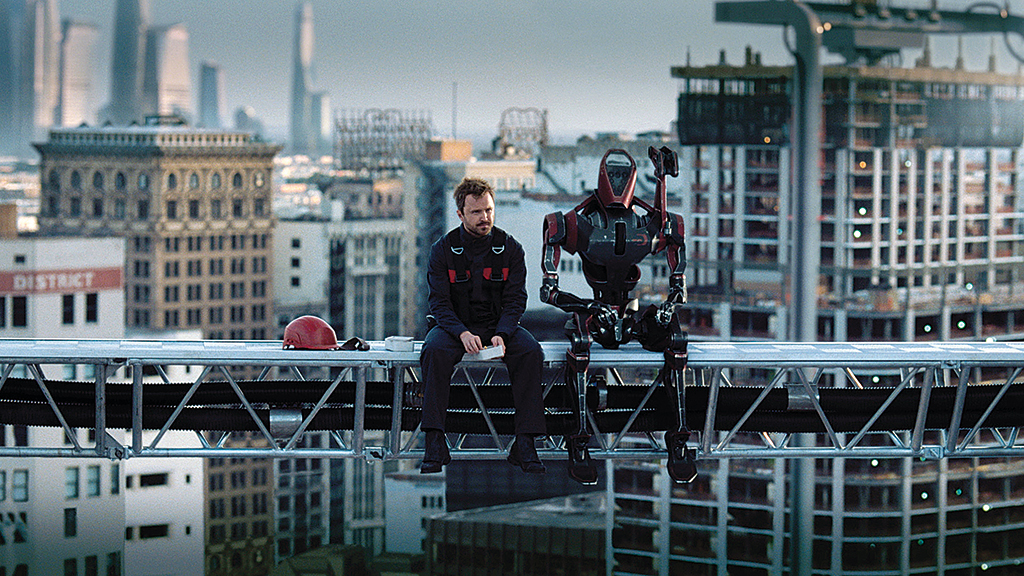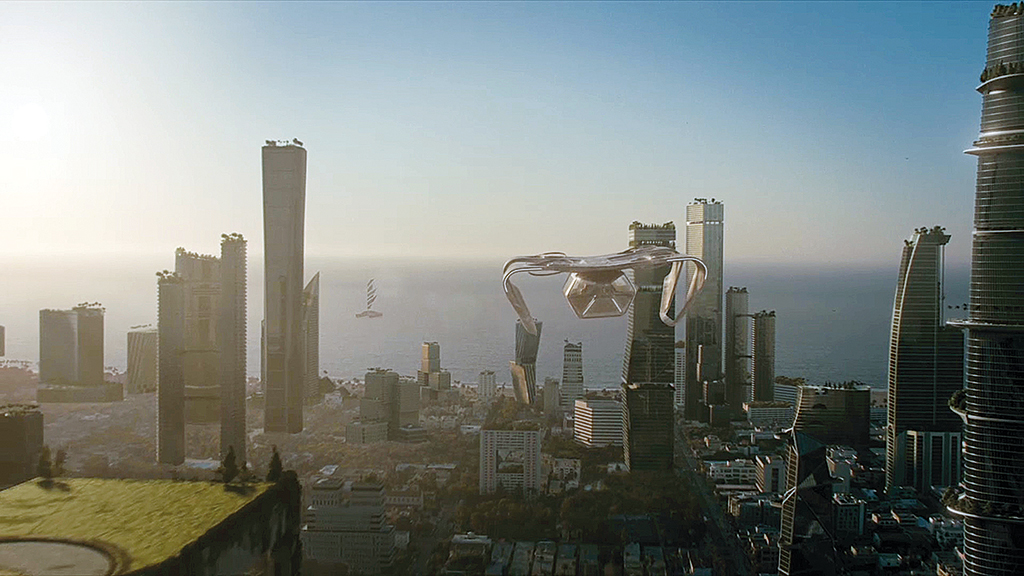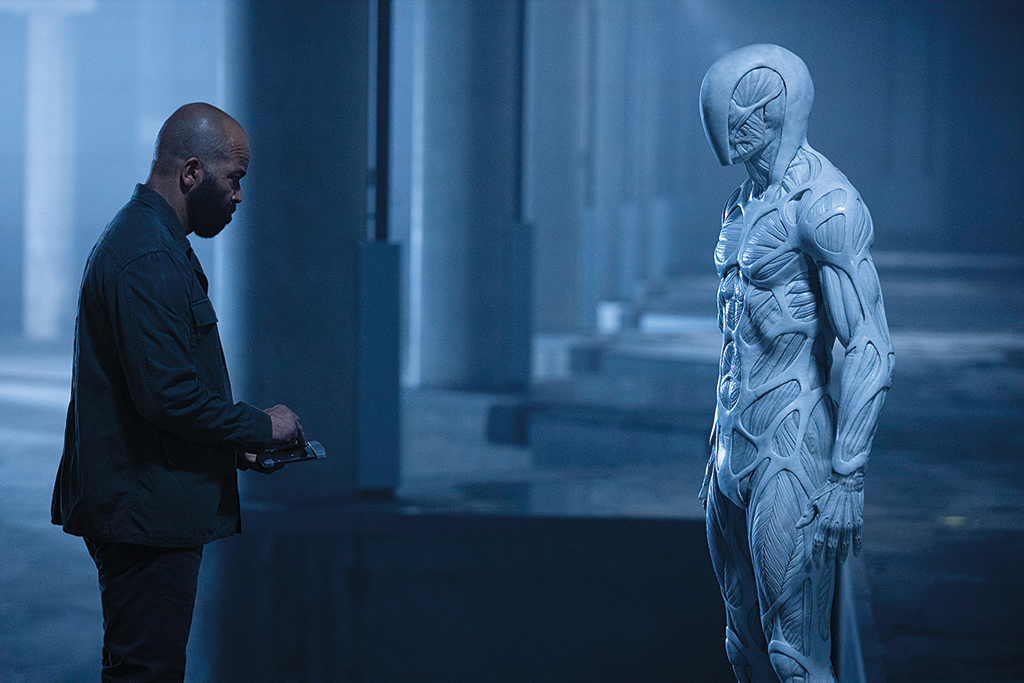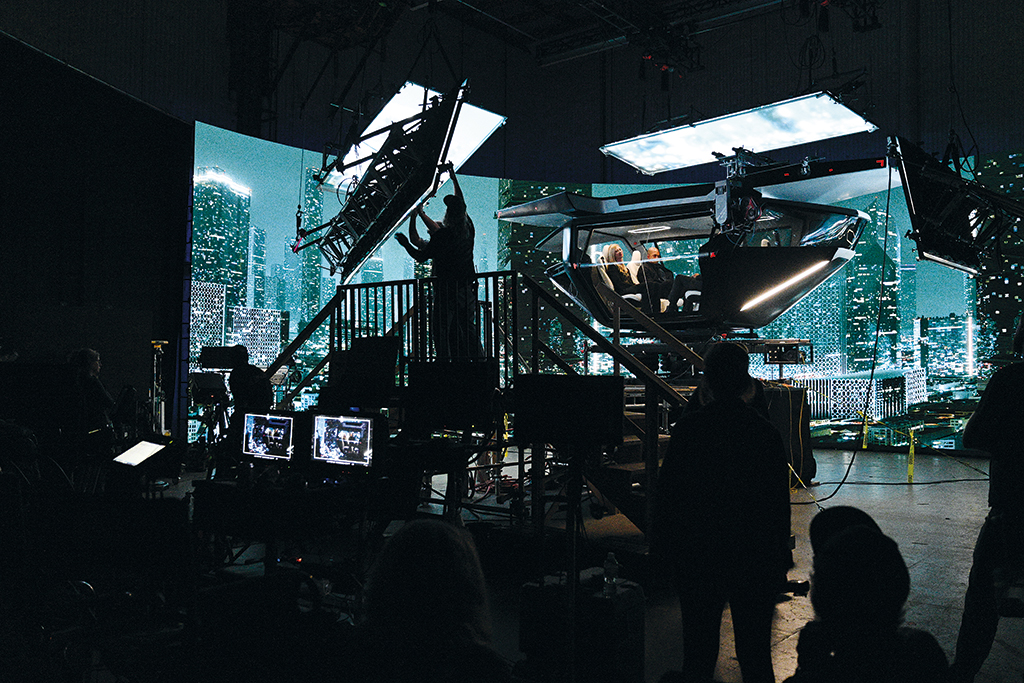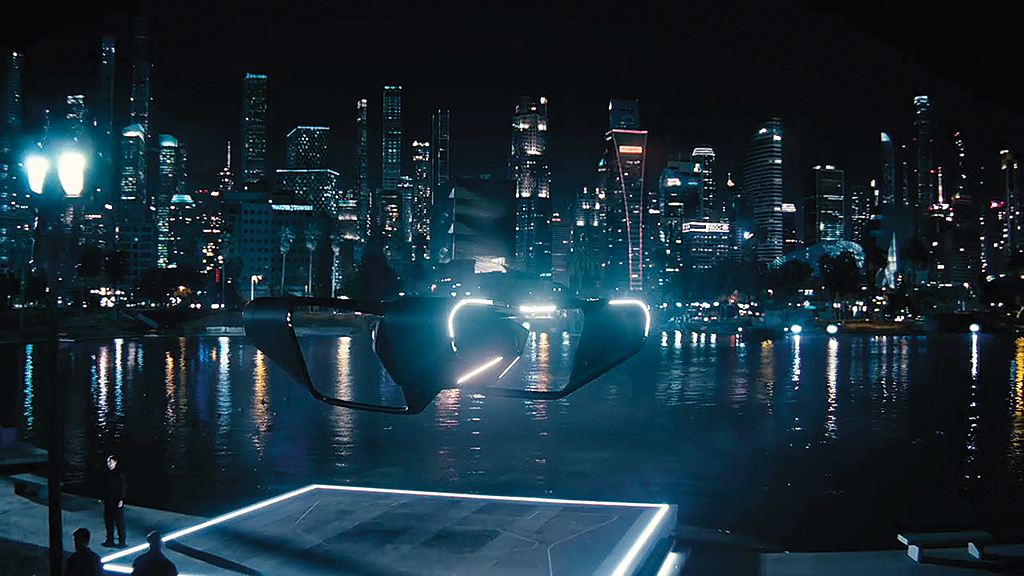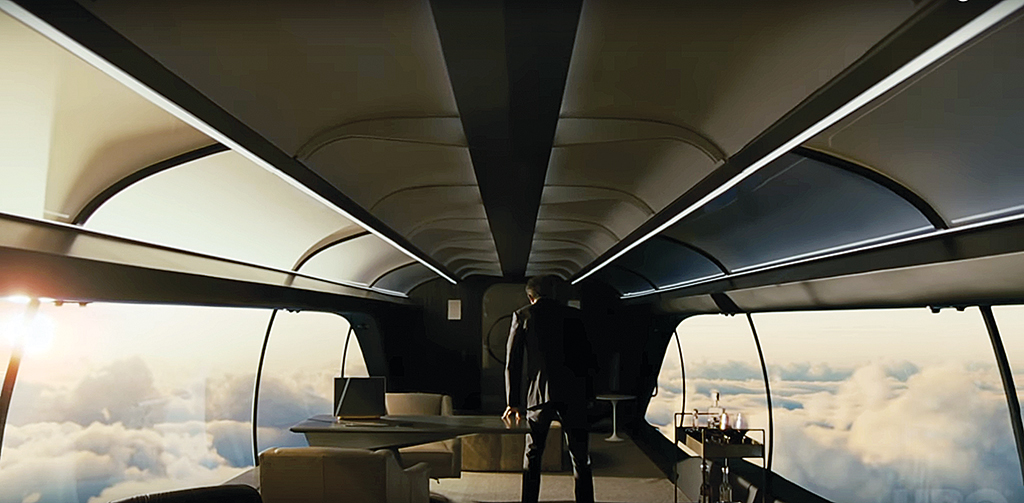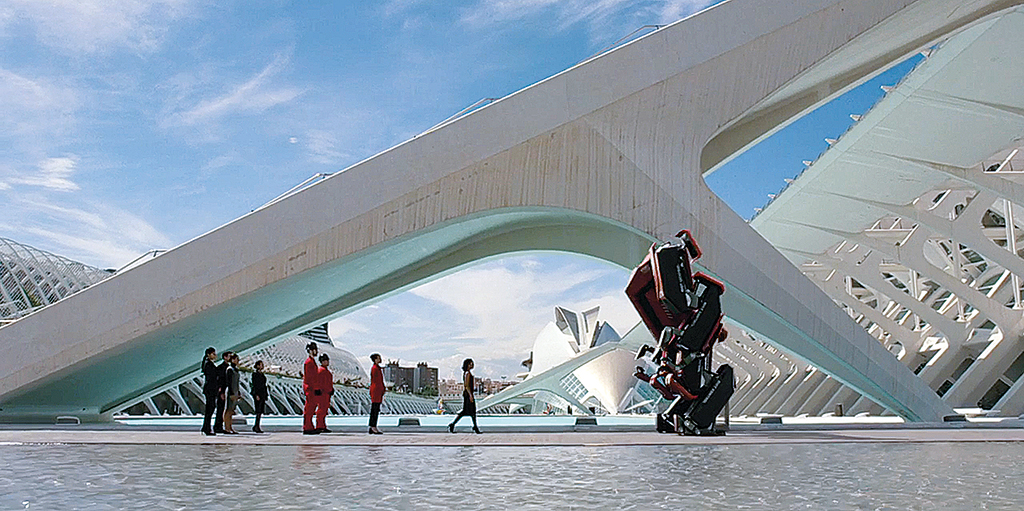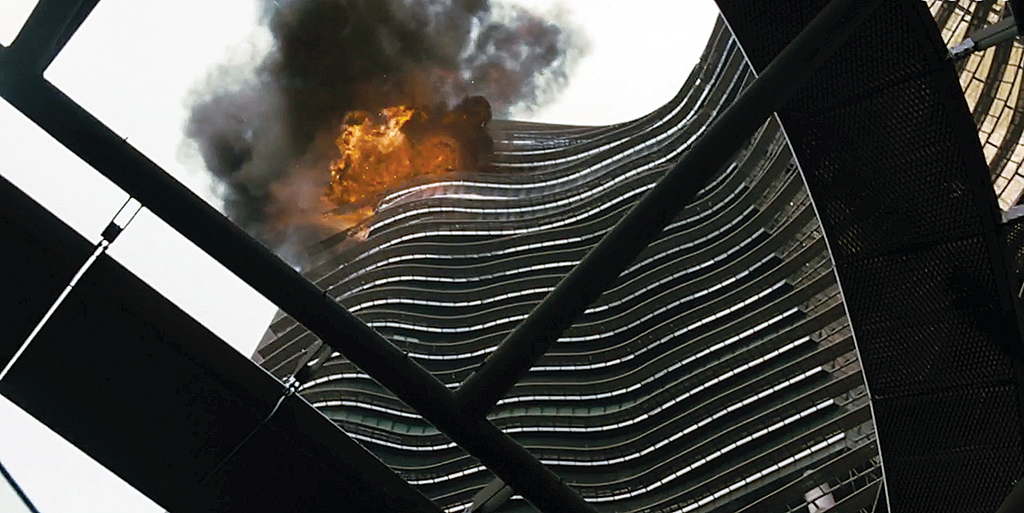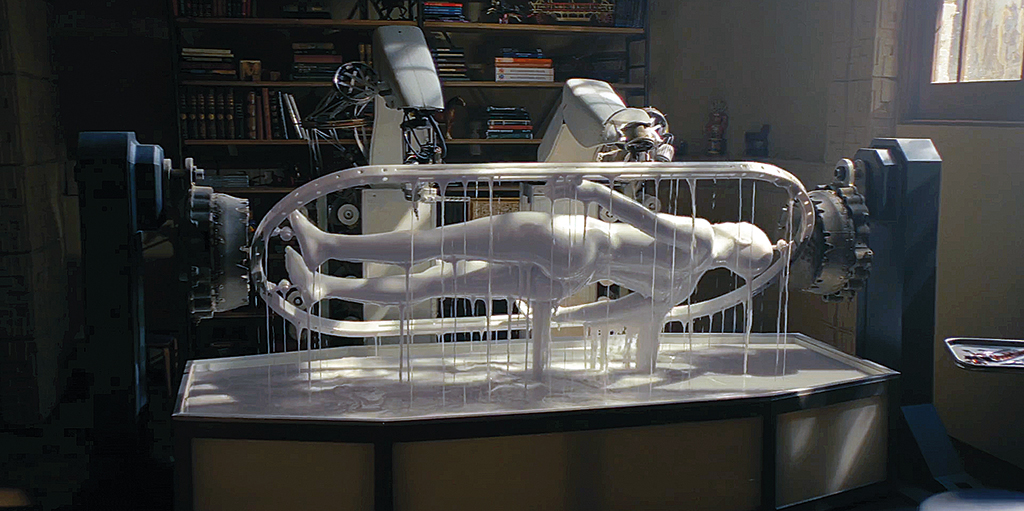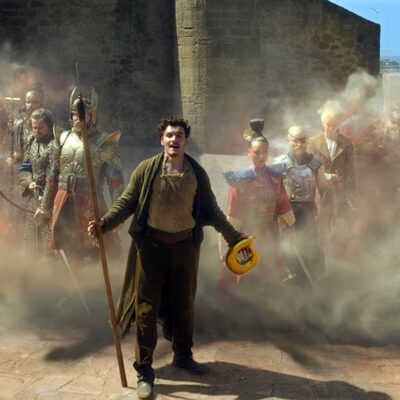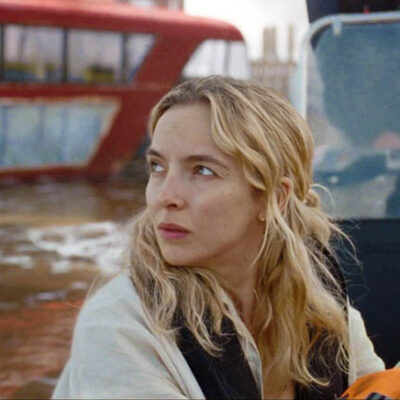By IAN FAILES
After two seasons of HBO’s Westworld set mostly inside the show’s complex Wild West-themed artificial park, the latest season has moved out into the ‘real’ world. We now get to glimpse a whole new futurescape and the complex people – and machines – within it.
For the visual effects team on Season 3, in particular, this meant contributing a wealth of new environments, vehicles, robots and action. It also offered up new opportunities for how certain scenes could be imagined. For instance, a number of flight sequences and office environments made use of LED walls and real-time rendering technologies to provide interactive backgrounds during filming.
The new locations of Season 3 were in many ways a continuation of the VFX design challenge faced by Visual Effects Supervisor Jay Worth. “Every inch of every frame is designed,” he says. “You can’t really point the camera anywhere in the [Westworld] world without [visual effects], the art department or costume having to touch it. Even when we were back in the park, we had to remove everything in the sky. We’d be up on a hillside and say, ‘Oh this is great!,’ and then all of a sudden you see a random telephone pole in the background. Those times happen a lot where we’re at now this season.”
To handle the large visual effects assignment on Season 3 – more than 3,000 shots over eight episodes – Worth realized early on that he needed to concentrate on city environments and robots. “So we said, ‘Which hard-surface company do we want to use and which city environment do we want to use? I actually got reels from all the different vendors that I worked with and did a ‘blind taste test’ with Jonah [series co-creator Jonathan Nolan]. Thankfully, we were on the same page with who we wanted to go with.”
In the end, Pixomondo was chosen to carry out environment VFX, with DNEG handling the new robots. Other vendors on the show included CoSA, Important Looking Pirates, RISE FX, Crafty Apes, Deep Water/Yafka and Bot VFX.


